Increased Regulatory Scrutiny
The AI-Based Anti-Money Laundering (AML) Solution Market is significantly impacted by the heightened regulatory scrutiny faced by financial institutions. Governments and regulatory bodies are implementing stricter compliance requirements to combat money laundering and terrorist financing. This trend has led to an increased demand for AI-driven solutions that can efficiently manage compliance processes. Financial institutions are now required to conduct thorough due diligence and reporting, which can be streamlined through AI technologies. The market for AML solutions is projected to grow as organizations seek to avoid hefty fines and maintain their licenses to operate. This regulatory environment is a key driver for the AI-Based Anti-Money Laundering (AML) Solution Market.
Rising Financial Crime Threats
The AI-Based Anti-Money Laundering (AML) Solution Market is experiencing a surge in demand due to the increasing threats posed by financial crimes. As illicit activities become more sophisticated, financial institutions are compelled to adopt advanced technologies to combat these challenges. Reports indicate that the global cost of financial crime is projected to reach trillions of dollars annually, prompting organizations to invest in AI-driven solutions. These technologies enhance the detection of suspicious activities, thereby reducing the risk of regulatory penalties and reputational damage. Consequently, the urgency to safeguard assets and maintain compliance is driving the growth of the AI-Based Anti-Money Laundering (AML) Solution Market.
Emergence of Fintech Innovations
The emergence of fintech innovations is playing a pivotal role in shaping the AI-Based Anti-Money Laundering (AML) Solution Market. Fintech companies are leveraging advanced technologies to offer innovative financial services, which often require sophisticated AML measures. As these companies disrupt traditional banking models, they face unique challenges in ensuring compliance with AML regulations. The integration of AI solutions is becoming essential for fintech firms to effectively monitor transactions and identify suspicious activities. The increasing collaboration between fintechs and traditional financial institutions is likely to drive the adoption of AI-based AML solutions. This trend indicates a growing recognition of the importance of robust AML frameworks within the AI-Based Anti-Money Laundering (AML) Solution Market.
Technological Advancements in AI
The rapid advancements in artificial intelligence are significantly influencing the AI-Based Anti-Money Laundering (AML) Solution Market. Innovations in machine learning and data analytics are enabling organizations to process vast amounts of data with unprecedented speed and accuracy. This capability allows for real-time monitoring and analysis of transactions, which is crucial for identifying potential money laundering activities. According to recent studies, the integration of AI technologies can improve detection rates by up to 90%, making it an attractive option for financial institutions. As technology continues to evolve, the demand for AI-based solutions in the AML sector is expected to grow, further propelling the AI-Based Anti-Money Laundering (AML) Solution Market.
Growing Adoption of Digital Banking
The shift towards digital banking is reshaping the AI-Based Anti-Money Laundering (AML) Solution Market. As more consumers and businesses engage in online transactions, the volume of digital financial activities has surged. This increase presents both opportunities and challenges for financial institutions, as it necessitates robust AML measures to mitigate risks associated with digital transactions. The demand for AI-based solutions is likely to rise as banks and fintech companies seek to enhance their transaction monitoring capabilities. Reports suggest that the digital banking sector is expected to grow exponentially, further driving the need for effective AML solutions. Thus, the growing adoption of digital banking is a significant factor influencing the AI-Based Anti-Money Laundering (AML) Solution Market.


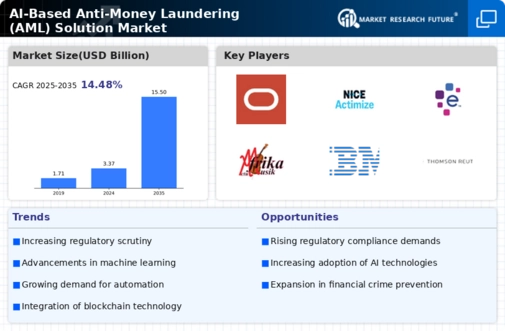
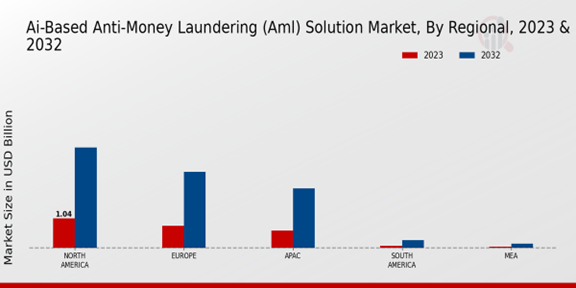
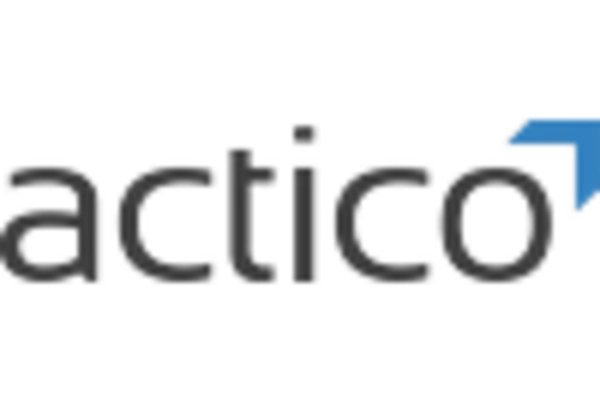


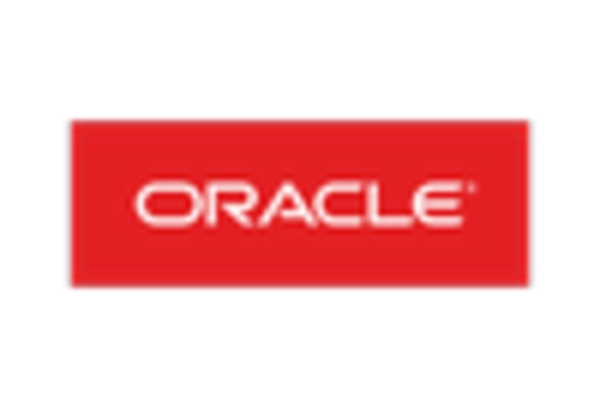

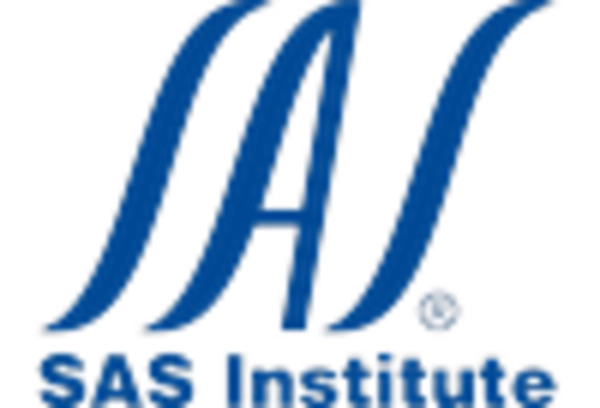








Leave a Comment